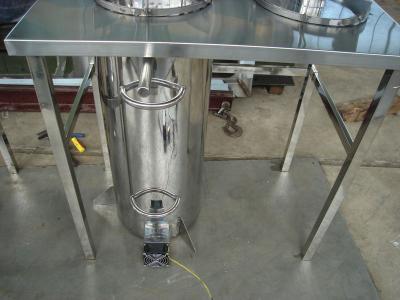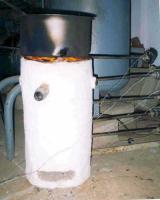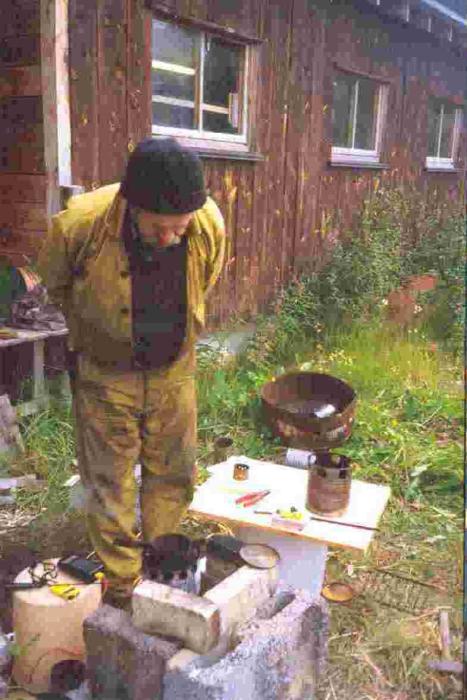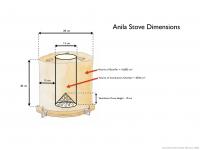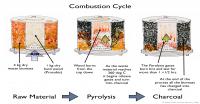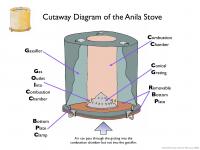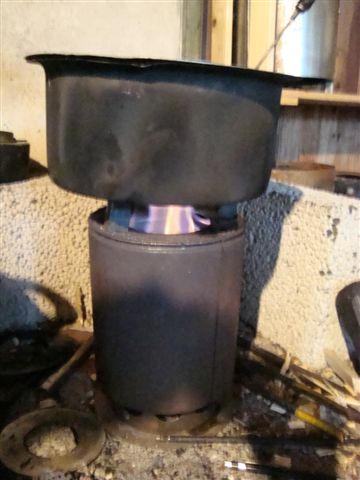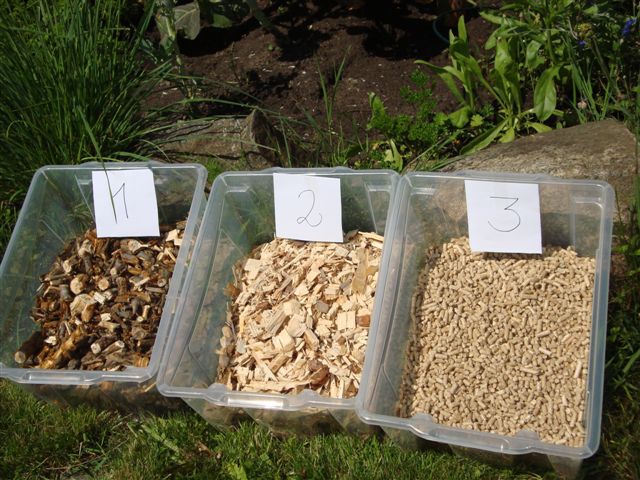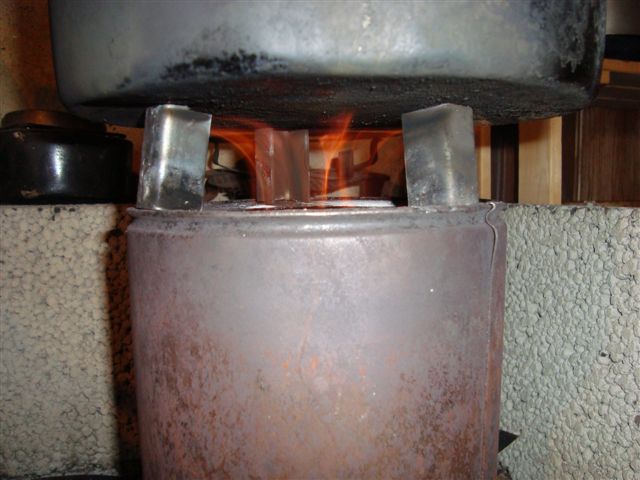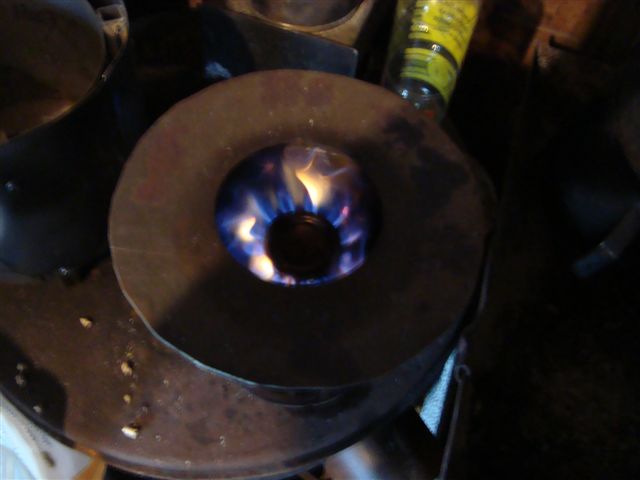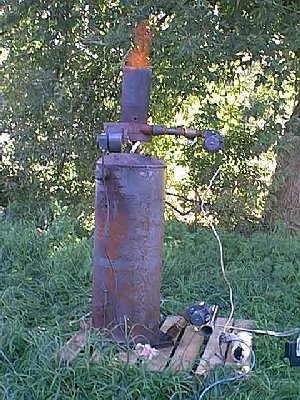H. S. Mukunda*, S. Dasappa, P. J. Paul, N. K. S. Rajan, Mahesh Yagnaraman, D. Ravi Kumar and
Mukund Deogaonkar, March 2010
Published in Current Science Online http://www.ias.ac.in/currsci/contents.htm
The direct link is here: http://www.ias.ac.in/currsci/10mar2010/627.pdf (it’s about 1/2 Mb)
Abstract:
Development of a new class of single pan high efficiency, low emission stoves, named gasifier
stoves, that promise constant power that can be controlled using any solid biomass fuel in the form
of pellets is reported here. These stoves use battery-run fan-based air supply for gasification (primary air) and for combustion (secondary air). Design with the correct secondary air flow ensures near-stoichiometric combustion that allows attainment of peak combustion temperatures with accompanying high water boiling efficiencies (up to 50% for vessels of practical relevance) and very low emissions (of carbon monoxide, particulate matter and oxides of nitrogen). The use of high density agro-residue based pellets or coconut shell pieces ensures operational duration of about an hour or more at power levels of 3 kWth (~12 g/min). The principles involved and the optimization aspects of the design are outlined. The dependence of efficiency and emissions on the design parameters are described. The field imperatives that drive the choice of the rechargeable battery source and the fan are brought out. The implications of developments of Oorja-Plus and Oorja-Super stoves to the domestic cooking scenario of India are briefly discussed.
The process development, testing and internal qualification tasks were undertaken by Indian
Institute of Science. Product development and the fuel pellet production were dealt with by First
Energy Private Ltd. Close interaction at several times during this period has helped progress the
project from the laboratory to large scale commercial operation. At this time, over four hundred
thousand stoves and 30 kilotonnes fuel have been sold in four states in India.

